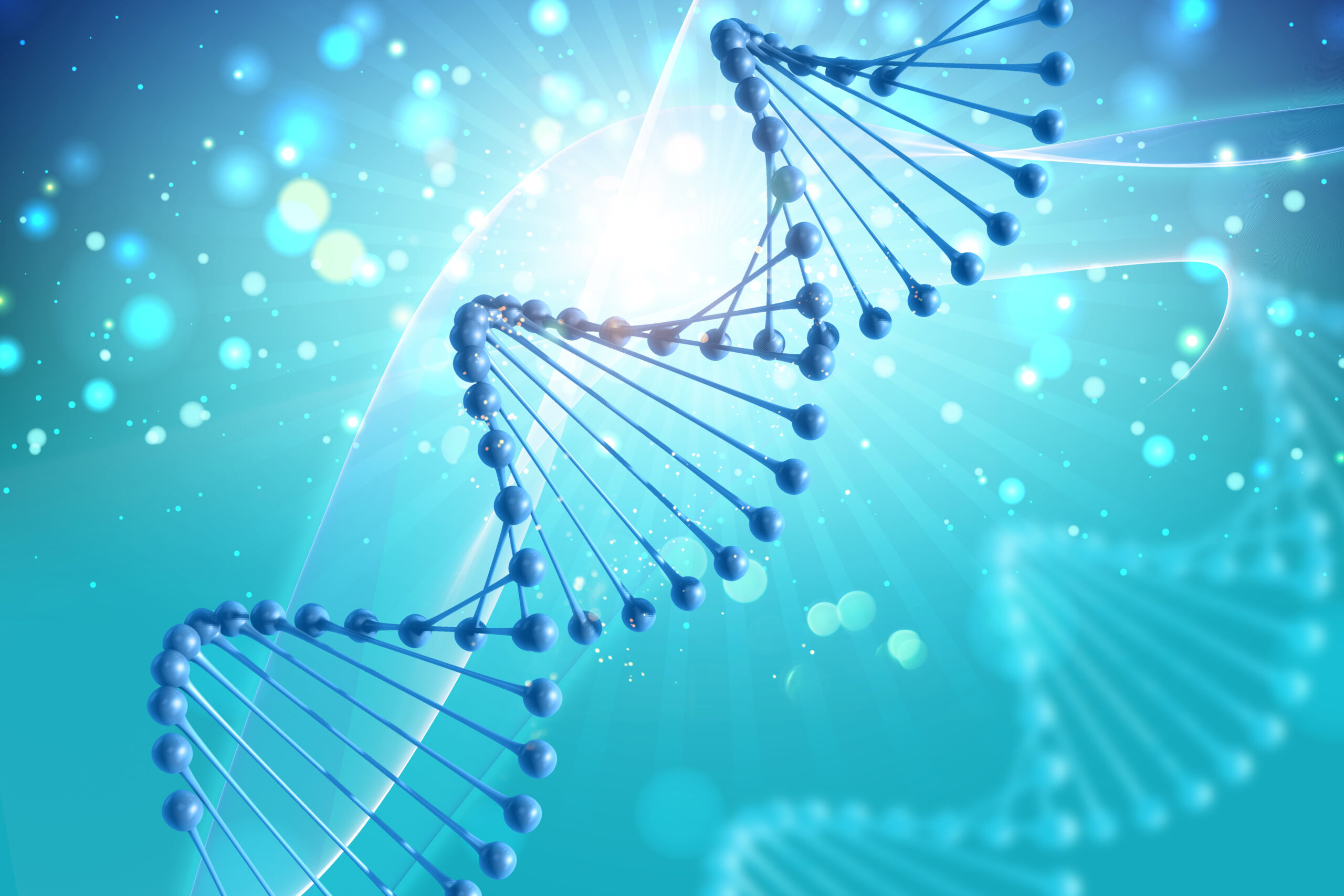How many of us really know how our body functions? Humans are gifted with the most sophisticated machine on the planet – the human body. But, unfortunately, we hardly ever pause and ponder about its mechanics. Most of us do not know the foundations of our existence. Thankfully, some scientists have nurtured their curiosity to learn about not just the human body but also the biosystems of many other living creatures.
If you observe closely, our bodies are an accumulation of information. The information is constantly processed, modified, and fed back into a never-ending loop. Information processing seems to be a natural course of action. If our bodies can do parallel processing of complex information seamlessly, why can’t we put those processes into use to store data?
Yes, that’s where biological computing counts!
Biology and computing have been an alliance for a long time. Alan Turing, the British mathematician and cryptographer, used early computers to understand complex biological processes.
The research on this alliance has grown over time to create two fields of study: computational biology and biological computing.
Let’s understand the difference.
Computational biology is an interdisciplinary science that uses computational tools to better understand the most complex biological systems. It is the combined application of mathematics, statistics, and computer science to solve biology-based problems such as storing, analyzing, and interpreting the Big Data generated by life science experiments or clinical data.
Biological computing is a branch of computer science that studies how to use biological elements of nature to process and store information and how to draw on the mechanisms of biological evolution to develop new algorithms to solve complex problems.
Though computational biology is growing exponentially and has a wide range of use cases in ecology, neuroscience, pharmacology, genetics, and oncology, biological computing has garnered substantial interest among researchers worldwide.
What are biological computers?
Biological computers are made from living cells. Instead of electrical wiring and signaling, biological computers use chemical inputs and other biologically derived molecules such as proteins and DNA to perform computational calculations that involve storing, retrieving, and processing data.
Recently, researchers at the Technion In Israel created a biological computer constructed within a bacterial cell capable of monitoring different substances in the environment. Currently, the computer identifies and reports on toxic and other materials.
Tiny biological computers made of DNA could revolutionize how we diagnose and treat diseases once the technology is fully fleshed out. However, a major stumbling block for these DNA-based devices, which can operate in both cells and liquid solutions, has been how short-lived they are. Just one use and the computers are spent.
Researchers at the National Institute of Standards and Technology (NIST) may have developed long-lived biological computers that could potentially persist inside cells. They forgo the traditional DNA-based approach, opting instead to use nucleic acid RNA to build computers. The results demonstrate that the RNA circuits are as dependable and versatile as their DNA-based counterparts. Interestingly, living cells may be able to create these RNA circuits continuously, something that is not readily possible with DNA circuits, further positioning RNA as a promising candidate for powerful, long-lasting biological computers.
Much like the computer or smart device, you are likely reading this on, biological computers can be programmed to carry out different kinds of tasks.
“The difference is, instead of coding with ones and zeroes, you write strings of A, T, C, and G, which are the four chemical bases that makeup DNA,” said Samuel Schaffter, NIST postdoctoral researcher and lead author of the study.
Biological computing in use today
While biological computers aren’t as prolific as personal computers, several companies are working to advance this very young field.
The founders of Synthego, a Silicon Valley startup, aren’t biologists. They are brothers and software engineers who used to work for SpaceX building rockets but thought there was potential in taking what they knew about agile design to gene-editing tools. The company creates customized CRISPR kits for scientists from a selection of approximately 5,000 organisms available in Synthego’s genome library. Ultimately, this can cut down the time it takes for scientists to do gene edits.
Microsoft’s foray into biological computing is called Station B. The company partnered with Princeton University and two UK companies, Oxford BioMedica and Synthace, on the new research system that analyzes volumes of biomedical data with a set of integrated computer programs. This analysis guides scientists on the best way to proceed with research, such as editing DNA in a certain way. The hope is that this system will ultimately lower the cost of gene-therapy products to bring them to many more patients.
Using CRISPR (DNA sequences found within e.g. bacteria), scientists were able to turn a cell into a biological computer. It was programmed to take in specific genetic codes and perform computations that produce a particular protein. This milestone could eventually lead to powerful computers in cells that could detect and treat diseases. Imagine a future when these cells could be programmed to scan for biomarkers that indicate the presence of diseases. If all criteria are met, these same cells could mass-produce proteins that help treat the disease. A microtissue might have billions of cells – all with their own “dual-core processor.” The computing power this would allow is on par with today’s digital supercomputer.
The work in biocomputing thus far has focused on DNA-based systems because, at this point, genetic engineering is well-understood (even if all of its secrets aren’t known) to make progress possible. There are many more biological systems to tackle, such as those based on nerve cells. In the future, the knowledge from developing biocomputers for DNA-based systems can be applied to neurochemistry.
Sources:


